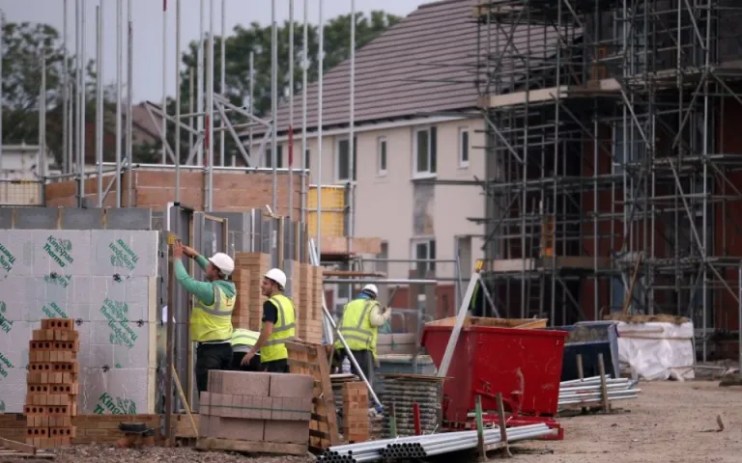Remortgaging rates tick up as lenders bet on ‘captive audience of existing customers’

Mortgage lenders have raised some rates on their home loan products amid uncertainty over the UK’s economic stability and a belief that remortgaging activity is guaranteed, according to brokers.
HSBC this week increased some of its two and five-year fixed rates for customers switching to a new deal or borrowing more.
Halifax, the UK’s largest mortgage lender, has also raised some of its prices on remortgaging products and product transfer deals.
However, both banks have cut rates for first-time buyers, with Halifax’s five-year deal for homebuyers with a 10 per cent deposit falling to 4.44 per cent from 4.97 per cent.
The average five-year fixed mortgage rate is currently 4.64 per cent, while the average two-year deal is 4.97 per cent, according to Rightmove.
Despite reductions in fixed rates seen over the last few months, around 1.6m borrowers with even cheaper deals that expire this year face a steep rise in costs when they remortgage.
“Lenders can afford to increase product transfer rates as, in many cases, they will have a captive audience of existing customers who will struggle to move elsewhere,” Darryl Dhoffer at The Mortgage Expert told Newspage.
“Remortgages and product transfers will be saturated this year, and these increases could see other lenders follow suit.”
Elliott Culley, director at switch mortgage finance, added: “After a year of low business levels when it came to the purchase market, lenders are looking to balance the books, to compensate for all the remortgage business they have and will continue to do.
“Lenders know remortgage business will happen regardless, so most will maximise efforts in the purchase market as they know this will have the most positive effect on their balance sheet.”
Hawkish rhetoric from both the Bank of England and US Federal Reserve chair Jerome Powell over the last week have spurred traders to trim their bets on future interest rate cuts.
Mortgage rates are influenced by SONIA swap rates, which reflect long-term predictions for the Bank of England’s base rate.
Two and five-year rates in January clocked their first monthly rise since last June and have kept climbing this month, giving mortgage lenders narrower margins to keep lowering their prices.